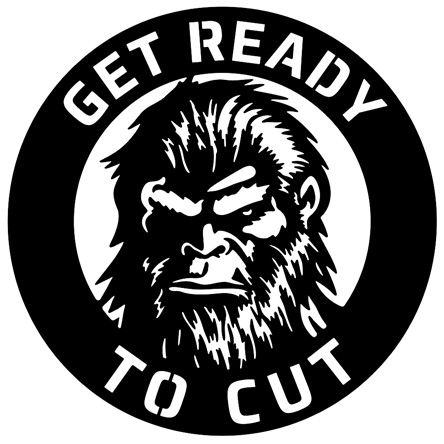anonymous
incognito
Milling on a curved surface.
I'm very new to CnC, I've only dabbled on flat surfaces.
I've got a personal project I want to try, carving onto a curved object.... It's only curved on one plane as crudely shown in the pictures, the white paper representing a straight line.
Short of getting the item 3D scanned, are there any tricks to getting the actual curves importef into V carve pro?
Our mill uses a Masso system, so I'm curious if a person could probe the part on the machine bed 1st and work backwards into V carve?
Any insight would be greatly appreciated, I've tried to search the topic, but most trails lead to 3D modeling, and I don't have Aspire or any other programs currently, but open to any suggestions.
Thanks in advance. Gerry


I'm very new to CnC, I've only dabbled on flat surfaces.
I've got a personal project I want to try, carving onto a curved object.... It's only curved on one plane as crudely shown in the pictures, the white paper representing a straight line.
Short of getting the item 3D scanned, are there any tricks to getting the actual curves importef into V carve pro?
Our mill uses a Masso system, so I'm curious if a person could probe the part on the machine bed 1st and work backwards into V carve?
Any insight would be greatly appreciated, I've tried to search the topic, but most trails lead to 3D modeling, and I don't have Aspire or any other programs currently, but open to any suggestions.
Thanks in advance. Gerry
